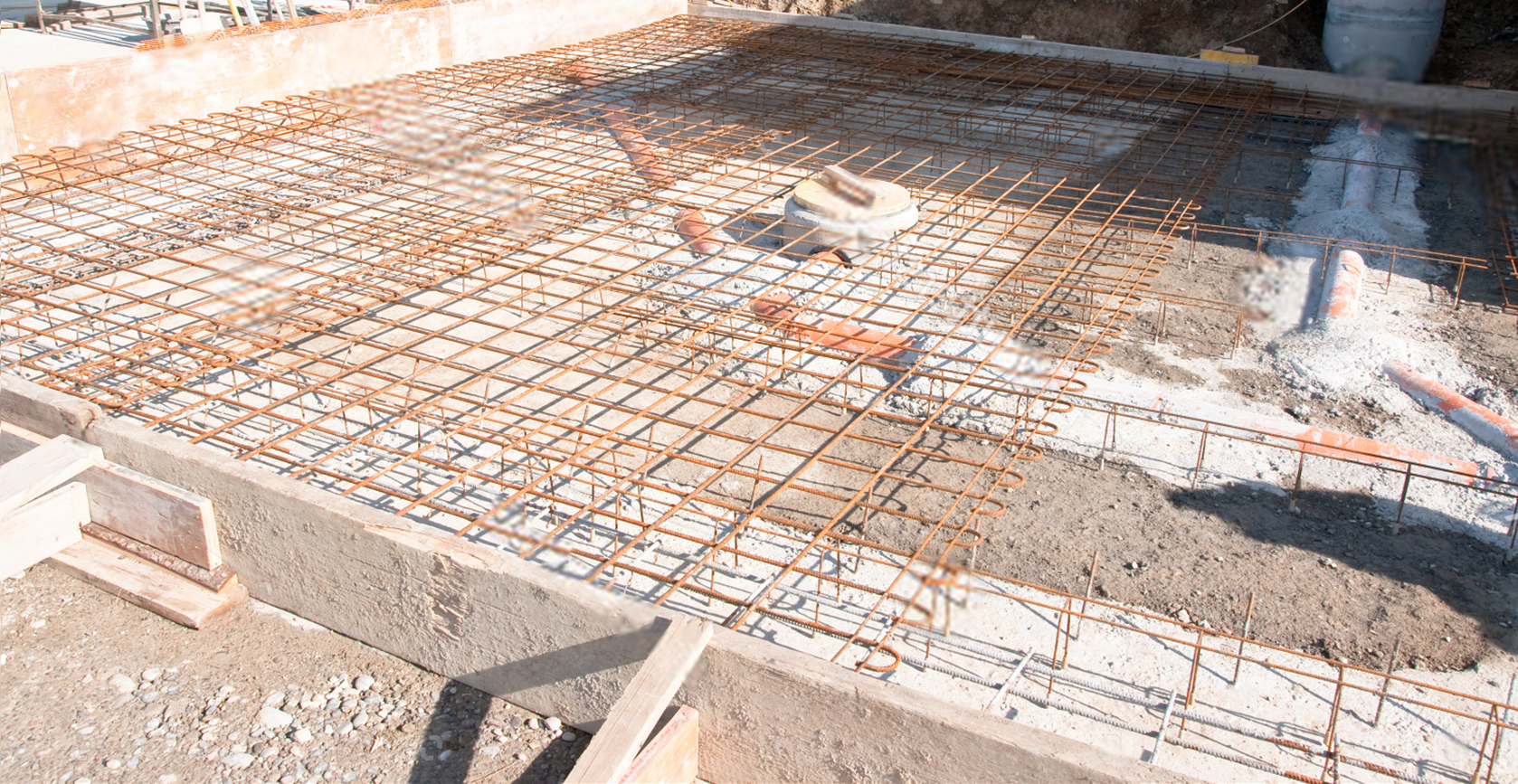Brooklyn Bridge: Assessing Its Foundation And Structural Integrity

Table of Contents
The Original Design and Construction: A Foundation for Success
The Brooklyn Bridge's enduring structural integrity owes much to its innovative design and the pioneering spirit of its chief engineer, John A. Roebling. His revolutionary use of steel wire cables, far stronger than anything previously used in bridge construction, formed the backbone of this engineering marvel. Roebling's meticulous planning and attention to detail laid the groundwork for the bridge's longevity. The selection of materials also played a crucial role.
- Use of limestone, granite, and sandstone: These durable materials were chosen for their strength and resistance to weathering, contributing significantly to the bridge's lasting power. The careful selection and placement of these materials were paramount in achieving long-term structural stability.
- The innovative use of caissons for underwater foundation work: Constructing the bridge's foundations in the East River required innovative solutions. Roebling's use of pneumatic caissons allowed workers to build the foundations underwater, a feat of engineering that remains remarkable today and essential to the bridge's structural integrity.
- The importance of the anchorage system in distributing the load: The massive anchorage systems on both sides of the river are crucial for distributing the immense weight of the bridge and its traffic load. This intelligent design minimizes stress on individual components and contributes to the overall structural integrity of the Brooklyn Bridge.
Ongoing Maintenance and Inspection: Ensuring Structural Integrity
Maintaining the Brooklyn Bridge's structural integrity requires a continuous and rigorous program of inspection and maintenance. This involves a multifaceted approach employing both traditional and cutting-edge technologies. The city invests heavily in preserving this vital landmark.
- Regular visual inspections by engineers: Trained engineers regularly conduct thorough visual inspections, checking for any signs of damage, wear, or deterioration. This proactive approach allows for the early detection of potential problems.
- Use of ultrasonic testing to detect internal flaws: Non-destructive testing methods, such as ultrasonic testing, are employed to detect internal flaws in the bridge's structural components without causing damage. This advanced technique allows engineers to assess the condition of the bridge's internal structure.
- Monitoring of cable tension and anchorages: The tension in the bridge's cables and the stability of its anchorages are continuously monitored. This crucial data helps engineers assess the bridge's overall structural health and make informed decisions about necessary maintenance.
- Strategic replacement of components as needed: As parts of the bridge naturally wear down, they are strategically replaced with modern, high-quality materials. This ensures the bridge continues to meet the highest standards of structural integrity.
Addressing Environmental Factors: Protecting the Brooklyn Bridge
The Brooklyn Bridge faces significant environmental challenges, including wind, water, temperature fluctuations, and salt corrosion. These factors can significantly impact the bridge's structural integrity over time. Therefore, mitigation strategies are crucial.
- Corrosion prevention treatments: Regular treatments are applied to prevent corrosion of the steel cables and other metal components. This helps extend the lifespan of these critical elements and maintain the overall structural integrity.
- Protection against weathering: The bridge's stonework is regularly cleaned and protected from the damaging effects of weathering. This preservation of the materials contributes directly to the bridge's long-term structural soundness.
- Strategies to manage the impact of traffic loads: The bridge's design accounts for traffic loads; however, ongoing monitoring and adjustments are made to manage the impact of increasing traffic volume and heavier vehicles over time. This ensures the bridge’s continued ability to withstand these stresses.
Future Plans and Technological Advancements: Maintaining the Brooklyn Bridge's Structural Integrity for Years to Come
Preserving the Brooklyn Bridge's structural integrity for future generations requires a forward-thinking approach that embraces technological advancements.
- Implementation of advanced monitoring systems: The use of smart sensors and other advanced monitoring systems will allow for real-time assessment of the bridge's condition. This proactive approach will allow for quicker responses to potential issues.
- Use of drones and robotics for inspections: Drones and robotics are increasingly used for safer and more efficient bridge inspections. These technologies allow for detailed inspections of hard-to-reach areas.
- Research into new materials and construction techniques: Ongoing research into new, high-performance materials and construction techniques will further enhance the bridge's longevity and resilience.
Comparing the Brooklyn Bridge's Structural Integrity to Modern Bridges
While the Brooklyn Bridge stands as a testament to 19th-century engineering, modern suspension bridges benefit from advancements in materials science and construction techniques.
- Advances in material science and engineering: Modern bridges utilize stronger, lighter, and more corrosion-resistant materials. The development of high-strength steel alloys has significantly improved the structural integrity of modern bridges.
- Improved understanding of structural mechanics: Our understanding of structural mechanics has significantly advanced since the Brooklyn Bridge's construction. This knowledge allows for more efficient and resilient designs in modern bridge building.
- More sophisticated monitoring and maintenance techniques: Modern bridges incorporate sophisticated monitoring systems and proactive maintenance strategies that enhance their structural integrity.
Conclusion
The Brooklyn Bridge's enduring structural integrity is a testament to its ingenious design, ongoing meticulous maintenance, and continuous adaptation to modern challenges. From its initial construction using innovative techniques to today's advanced monitoring systems, the commitment to preserving this iconic landmark is unwavering. The combination of innovative design, robust materials, and a commitment to ongoing maintenance ensures the bridge's continued structural soundness.
Call to Action: Learn more about the ongoing efforts to maintain the Brooklyn Bridge's structural integrity and explore the fascinating engineering behind this enduring symbol of New York City. Further research into the history and preservation of the Brooklyn Bridge will reveal the complexities involved in ensuring its continued structural soundness for generations to come.

Featured Posts
-
 You Toon Caption Contest Winner Announced Booing Bears Takes The Prize
May 18, 2025
You Toon Caption Contest Winner Announced Booing Bears Takes The Prize
May 18, 2025 -
 Lorne Michaels Bowen Yang And The Jd Vance Casting Controversy
May 18, 2025
Lorne Michaels Bowen Yang And The Jd Vance Casting Controversy
May 18, 2025 -
 Donald Trumps Taylor Swift Announcement Magas Reaction
May 18, 2025
Donald Trumps Taylor Swift Announcement Magas Reaction
May 18, 2025 -
 Votre Escapade A Onet Le Chateau Decouverte Du Lioran
May 18, 2025
Votre Escapade A Onet Le Chateau Decouverte Du Lioran
May 18, 2025 -
 Did Putins Call For Peace Talks Backfire A Diplomatic Analysis
May 18, 2025
Did Putins Call For Peace Talks Backfire A Diplomatic Analysis
May 18, 2025
Latest Posts
-
 Find The Top Virginia Online Casinos For 2025
May 18, 2025
Find The Top Virginia Online Casinos For 2025
May 18, 2025 -
 Top Virginia Online Casinos 2025 Play At The Best Va Sites
May 18, 2025
Top Virginia Online Casinos 2025 Play At The Best Va Sites
May 18, 2025 -
 Best Virginia Online Casinos 2025 Top Va Gambling Sites
May 18, 2025
Best Virginia Online Casinos 2025 Top Va Gambling Sites
May 18, 2025 -
 Ufc Vegas 106 Betting Burns Vs Morales Odds And Expert Analysis
May 18, 2025
Ufc Vegas 106 Betting Burns Vs Morales Odds And Expert Analysis
May 18, 2025 -
 Predicting The Ufc Vegas 106 Main Event Burns Vs Morales
May 18, 2025
Predicting The Ufc Vegas 106 Main Event Burns Vs Morales
May 18, 2025
